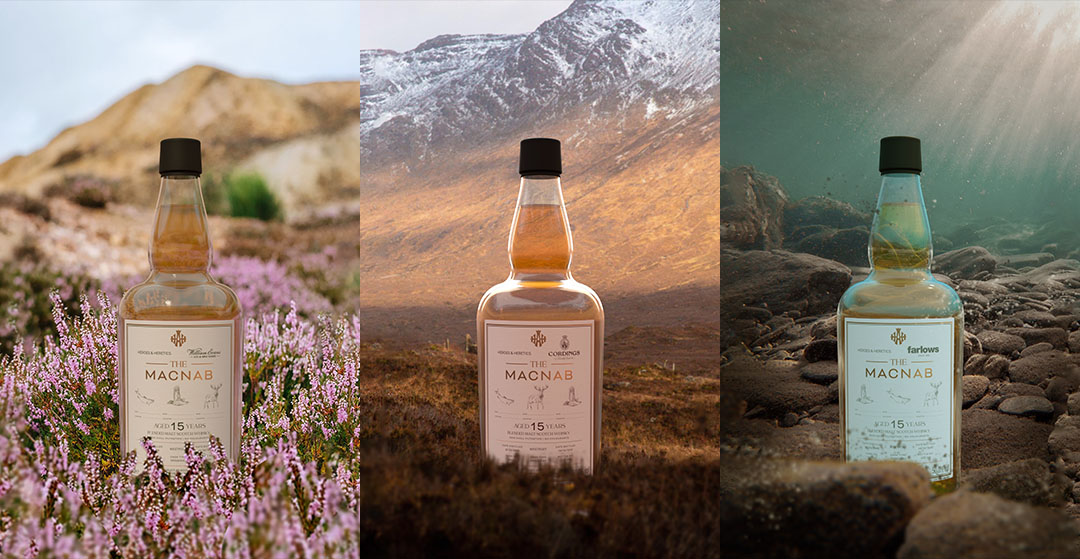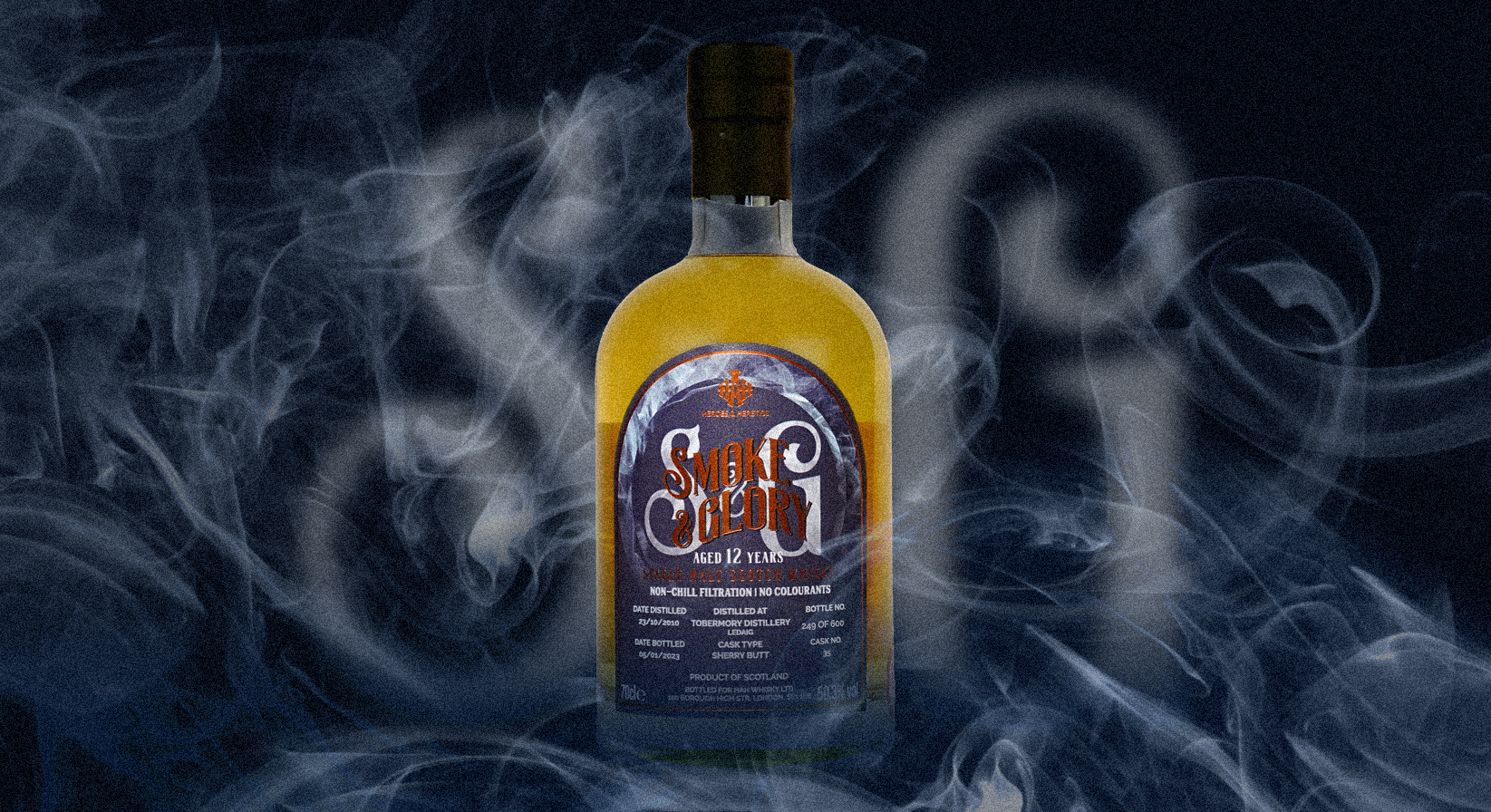I am beginning a new love affair* with new whiskies from all around the world. I have already given my heart to Japanese malts (see the previous blog) and my mind to Irish whiskey (certainly my splitting headache next morning). My thoughts turn to what else is out there…what shall I taste next? What is the next fruit to pick?
*Of course, in reality, my heart lies in Scotland and always will.
“The light music of whisky falling into glasses made an agreeable interlude.”
― James Joyce, Dubliners
The world’s most beloved spirit is whisky. America, Ireland, and Mexico use the spelling whiskey. Everywhere else goes with the English spelling of whisky. It’s both sipped neat and mixed into cocktails, savoured and taken as a shot alongside a pint of beer. With this level of universal popularity, it should come as no surprise that so many countries around the world make the spirit. Each does things a little differently, making exploring the world through a dram or glass all too easy to do. It is my job (oh the pain) to work my way through these offerings.
Whisky has truly become a global phenomenon, with countries from nearly every continent offering at least one competent local product.
The vast spread of high-end cocktail culture could be the main culprit, with a dash of loosening local laws and a desire to create a locally recognisable product. Then again, it could just be that people in places like Taipei, New Delhi, Mexico City and Paris are sick and tired of trying to pronounce ‘Laphroaig.’
“Does love make the world go around? Well yes. But whiskey makes it go around twice as fast.”
― James Hauenstein
Let’s start my journey into the unknown with India. India is one of the biggest whisky consuming nations in the world. Yet most whisky made in India isn’t whisky at all – at least if it is held to the standards enforced in Europe by the Scotch Whisky Association. Most of the whisky brands from India are based on molasses, so have more in common with Rum than they do with whisky.
When it comes to volume, no one can compete with how much whiskey is consumed in India. Seven of the top 10 most-sold whiskeys are Indian brands, according to numbers from Forbes. Only, you’re not likely to see many of the brands in Europe or the US.
There are two notable exceptions to this and I have tried both! These are Amrut and Paul John distilleries which specialise in quality single malt whisky.
Amrut takes the name from a story in ancient Indian mythology where the gods and demons churned the sea using the mountain of Meru. This act caused a golden pot to spring out of the ocean. Inside the pot was the Elixir of Life, which was called the Amrut.
Amrut sources its barley from the foot of the Himalayas and mature their whiskies at 3,000 feet above sea level. Amrut has carved out a reputation as an experimental whisky producer, especially when it comes to cask finishing and maturation.
I also tasted Paul John, which is based out of Goa and prides themselves on the quality of their single malt whisky. They have released peated, unpeated and single barrel expressions in the past all of which have won awards around the world.
Of course, there is a massive difference in climate between India and Scotland. Indeed, single malt in India matures much faster, and it is for this reason that there are no age statements and most expressions are only a few years old. Yet this is not to the whisky’s detriment. The spirit loses as much as 12% ABV per year due to the warmer climes, as opposed the 2% that the angel’s take each year in Scotland.
As with all single malt whisky, Indian single malt must be matured for a minimum of three years and a day in oak casks, and it is the product of a single distillery, distilled from nothing other than water, yeast and malted barley. Indian single malt whiskies are known for their fruity, malty character.
My next sojourn is to France and a surprise awaits. We know that France is the leading importer of Scottish malt whisky. They love it! It is interesting to note that most often people only associate France with wine, they have some of the best ingredients, terroir, and technique to make a whisky that is French in conception, production, and taste. French whiskies are characterized by notes replete of fruit-forward flavour, sweet spices, and leather.
The French connection to wine is clear in some of the techniques that French distillers use. My tasting was of Bastille 1789. They use the same type of stills as they do in Cognac and age the whiskey in barrels previously used for wine and Cognac. Another French brand, Brenne, also uses Cognac methods of distilling and ageing. The result for my tasting is a light and highly ‘sippable’ whisky when drunk neat. No water here, please!
Let’s make a leap of faith to Taiwan. I like to experiment with different tastes and while far from the most talked-about or most cherished whisky-producing country, Taiwan is home to Kavalan, which has beat out Scotches and American whiskeys to win hundreds of awards. It taste is inspired by light Scotches, with a fruit-forward flavour profile. The thing that most sets it apart is the hot and tropical climate that the barrels are aged in, meaning a comparatively young whisky from Taiwan will have the same barrel influence as a Scotch whisky many years older. Like Japanese whisky, Taiwan doesn’t have strict classifications, so there’s also a lot of experimentation going on in the country. Which is good and one to watch for the future.
My last port of call on this love triangle (quadrilateral) is Mexico. When you think Mexico and spirits, you probably think about tequila. Maybe you think about Mezcal, or better yet, sustainable Mezcal. Now, a new crop of distilleries wants you to think of whiskey. As of now, there is only one brand making highly drinkable Mexican whiskey: Sierra Norte.
So, my tasting notes from this are limited to their 3 outruns: white, yellow, and black. These indicate the strain of corn used. It’s made from different varieties of Oaxacan corn (85 per cent of the whiskey) and malted barley (the remaining 15 per cent) that’s then barrel aged.
White and Yellow are on the sweeter side while the Black is deeper with some fruit and pepper notes. Interesting but probably not yet ready to compete with others on my list.
Enjoy.


